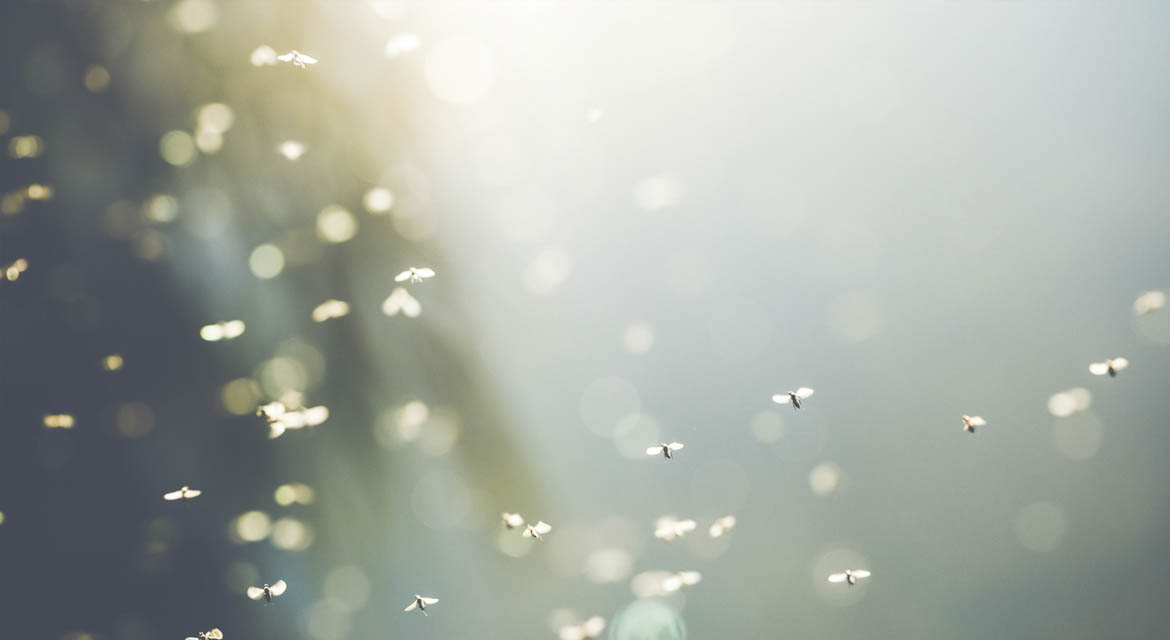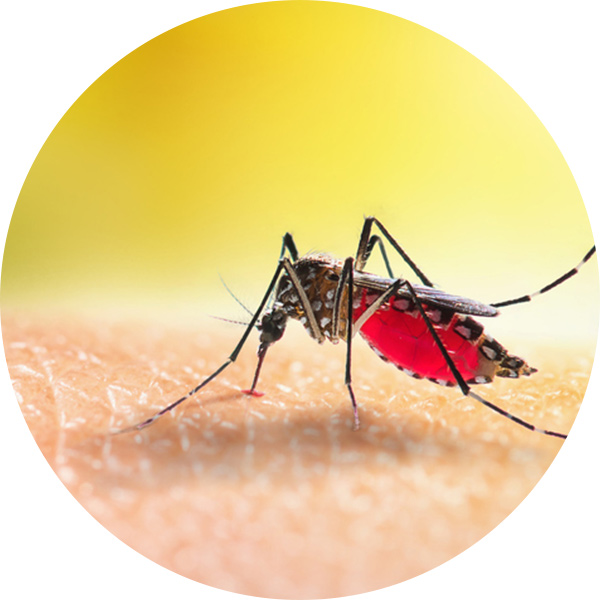
Gnat Facts & Information
The concerns of a gnat infestation at home include their annoyance factor, potential contamination of food and surfaces, and their ability to multiply rapidly if suitable breeding conditions exist.
Risks of Gnats
Health and Allergies
Gnats, especially fungus gnats and fruit flies, can be a nuisance and potentially pose health risks. Gnats are attracted to moist environments and decaying organic matter, including overwatered plants or ripe fruits. They can contaminate food, surfaces, and utensils with bacteria or fungi present on their bodies or in their breeding sites. In some cases, exposure to gnat-infested areas or contaminated food can lead to allergic reactions, respiratory issues, or infections, particularly for individuals with sensitivities or compromised immune systems.
Plant Damage
Fungus gnats, in particular, can pose risks to plants, especially indoor potted plants. The larvae of fungus gnats feed on organic matter and can damage plant roots, hindering growth and causing stress to the plant. This can lead to wilting, yellowing leaves, stunted growth, and even plant death if left untreated. Fungus gnat larvae thrive in moist soil, so overwatering or improper drainage can contribute to their population growth and plant damage.
Nuisance and Disruption
Gnats are small insects that tend to fly in swarms, which can be highly annoying and disruptive. Their constant presence, buzzing around indoors or outdoors, can be distracting and interfere with daily activities, relaxation, or outdoor enjoyment. Additionally, the nuisance factor increases when gnats are attracted to light sources or gather around food and beverages, making it difficult to enjoy outdoor dining or gatherings.
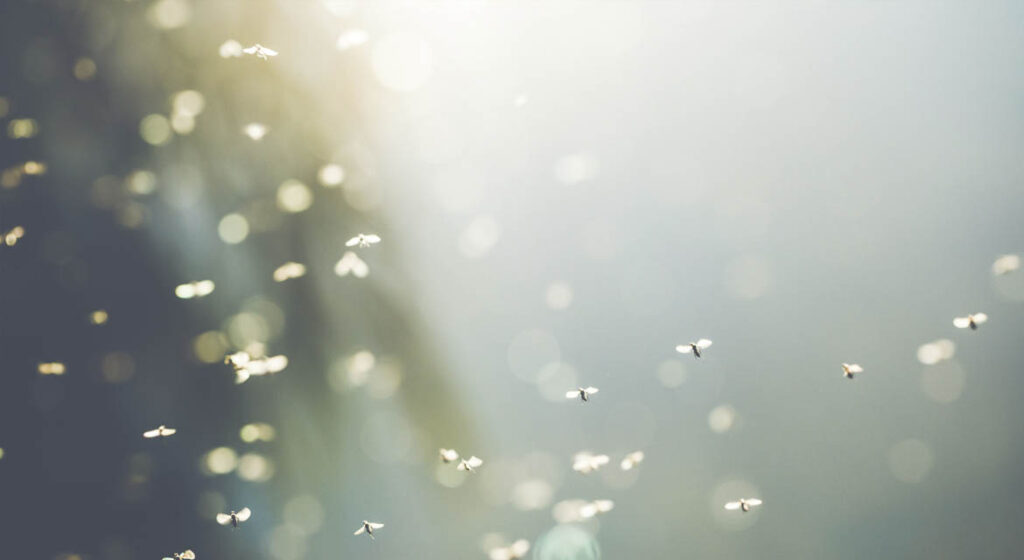
Truly Nolen GUARANTEE
If you’re not completely satisfied, you’ll get a full refund on your most recent service with our 100% money back guarantee.
Common Species of Gnats
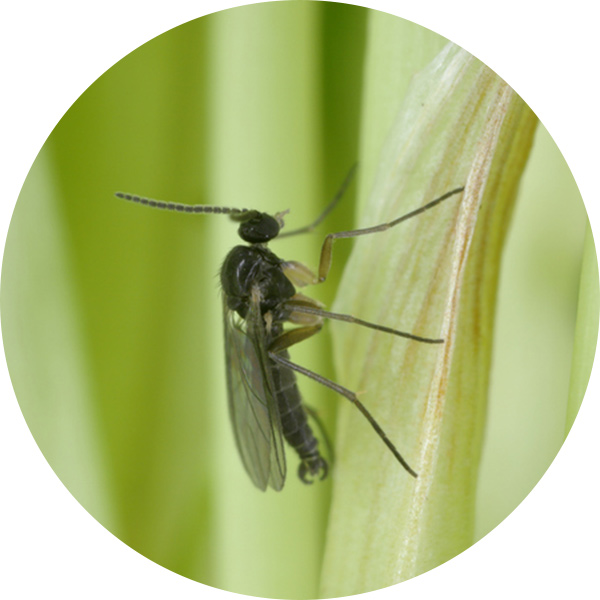
Fungus Gnat
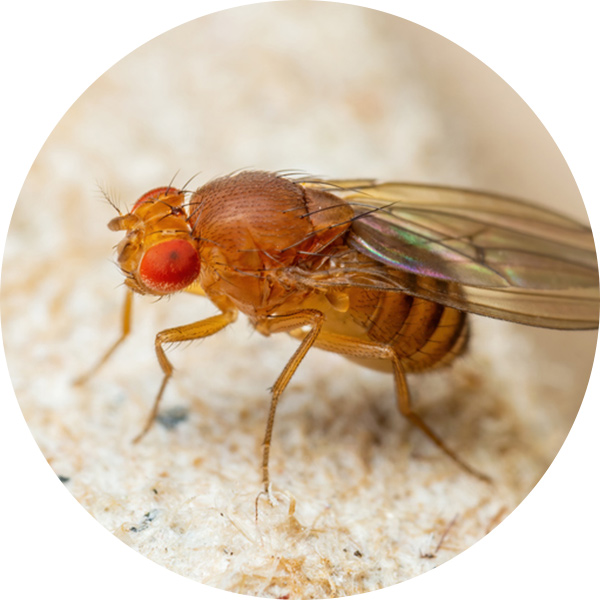
Fruit Fly
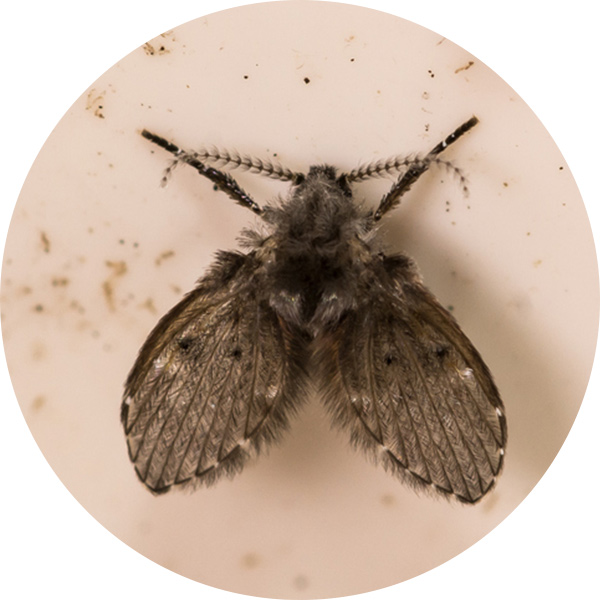
Drain Fly
How To Identify Gnats
Gnats can be identified by their small size, typically measuring a few millimeters, and their characteristic swarming behavior. To identify a gnat infestation at home, look for an abundance of small flying insects in areas such as kitchens, bathrooms, or near potted plants, as well as the presence of their larvae in damp or moist areas like drains, compost bins, or overwatered houseplants.
Gnat Appearance
Gnats are small flying insects belonging to various families, including the fungus gnat and the fruit fly. They are typically tiny, measuring only a few millimeters in length. Gnats have slender bodies and long, delicate wings. They are usually gray, black, or brown in color, and some species may have distinctive markings or patterns. Despite their small size, gnats can be easily noticed due to their swarming behavior.
Gnat Habitat
Gnats can be found in a variety of habitats, including forests, wetlands, gardens, and homes. Their preferred habitats depend on the specific gnat species. Fungus gnats, for example, thrive in damp environments rich in organic matter, such as overwatered potted plants or decaying vegetation. Fruit flies are commonly found near overripe fruits and vegetables. Some gnats, like biting gnats or midges, are associated with aquatic habitats and breed in stagnant water bodies.
Gnat Diet
Gnats have diverse feeding habits depending on their species. Fungus gnats, as their name suggests, feed on fungi and decaying organic matter. Fruit flies are attracted to ripe and fermenting fruits, while other species may feed on plant sap or nectar. Certain gnats, such as biting gnats or midges, have piercing mouthparts and feed on the blood of animals, including humans. They may also consume other small insects.
Gnat Behavior
Gnats are known for their swarming behavior, where large numbers of individuals fly together in compact groups. Swarms can form for various reasons, such as mating, finding food sources, or avoiding predators. Gnats are attracted to light and may gather near windows or outdoor light fixtures. Some gnats, particularly biting gnats, can be annoying pests as they bite and feed on blood, causing discomfort and potential allergic reactions in humans and animals.
Gnat Reproduction
Gnat reproduction varies among species, but most undergo a life cycle that includes eggs, larvae, pupae, and adults. Female gnats lay their eggs in suitable breeding sites, which can range from moist soil to decaying organic matter or aquatic environments. The larvae, often called maggots, hatch from the eggs and undergo several stages of growth and development before transforming into pupae. After a period of pupation, adult gnats emerge and continue the life cycle by mating and laying eggs.
Gnat Prevention
To prevent and control gnat infestations, it is important to address the factors that attract them. Proper sanitation and hygiene practices are key, such as removing or disposing of overripe fruits and vegetables, cleaning up spilled liquids or food debris, and ensuring garbage is properly sealed. Eliminating standing water sources, such as puddles or waterlogged areas, can deter the breeding of certain gnat species. Insect screens and mesh can be used to prevent gnats from entering buildings. Insecticides and traps may be utilized as targeted control measures, but their use should be done carefully following product instructions and considering the potential impact on non-target organisms and the environment.
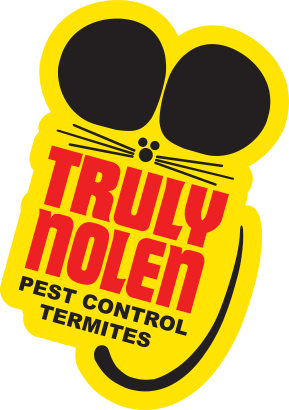
$50 Off Year Round Pest Control
Truly Nolen is a family-owned company with 85 years of experience providing the best pest control. If you’re not completely satisfied, you’ll get a full refund on your most recent service with our 100% money back guarantee.
The Truly Nolen Approach
Environmentally Conscious
We work to minimize our impact on the environment by using naturally occurring materials whenever possible.
Pet Friendly
Truly Nolen uses an Integrated Pest Management (IPM) approach designed with your pets in mind.
100% Money Back Guarantee
If you’re not completely satisfied, you’ll receive a full refund on your most recent service.
How Truly Nolen Gets Rid of Gnats
Truly Nolen follows a process for treating a gnat infestation that typically involves several steps. First, a thorough inspection is conducted to identify the source of the infestation and the areas affected. Next, targeted treatments are applied, such as insecticide sprays or fogging, focusing on areas where gnats are present or suspected breeding sites. Additionally, sanitation measures are implemented to eliminate or minimize attractants, such as removing standing water, cleaning up spills, and addressing damp or decaying organic matter. Ongoing monitoring and follow-up visits may be conducted to ensure the effectiveness of the treatment and make further adjustments if needed.
Frequently Asked Questions
Why are gnats attracted to my home?
Gnats are typically attracted to moist environments and decaying organic matter. They may be drawn to sources such as overwatered plants, fruit, and food residue, as well as areas with standing water or dampness.
How can I differentiate between gnats and other small flying insects?
Gnats are small, flying insects with long legs and wings. They are often found in swarms and have a characteristic erratic flying pattern. However, it’s important to note that the term “gnat” can refer to different species, including fruit flies, fungus gnats, or drain flies, which may have slight variations in appearance and behavior.
Are gnats harmful to humans?
Most gnats are considered nuisance pests and do not pose significant health risks to humans. However, some species can bite and cause minor irritation or allergic reactions in sensitive individuals. Additionally, gnats can contaminate food and surfaces if they land on them after being in unsanitary environments. Learn More!
How can I get rid of gnats in my home?
To get rid of gnats, it’s crucial to address the underlying breeding and attraction sources. This includes eliminating standing water, fixing leaks, drying out damp areas, keeping drains clean and covered, disposing of overripe fruits and vegetables, and maintaining good sanitation practices. Traps, sticky tapes, or natural remedies like vinegar or fruit fly traps can also help control their populations. Learn More!
Why do gnats seem to appear suddenly in large numbers?
Gnats are prolific breeders, and their populations can increase rapidly under suitable conditions. Sudden appearances of large numbers of gnats are often due to favorable breeding environments, such as overly moist soil in potted plants, spilled liquids, or decaying organic matter, which provide abundant food and breeding opportunities. Proper sanitation and eliminating these sources can help prevent and reduce gnat infestations.

